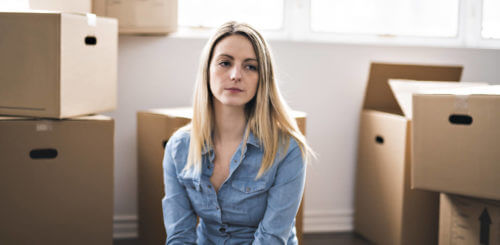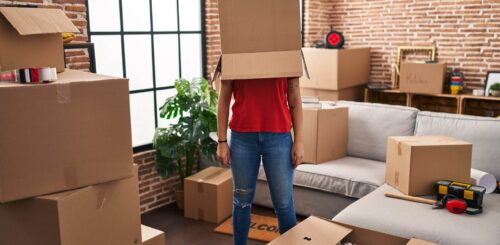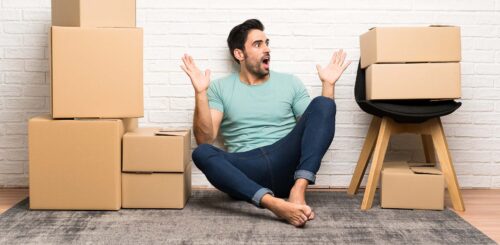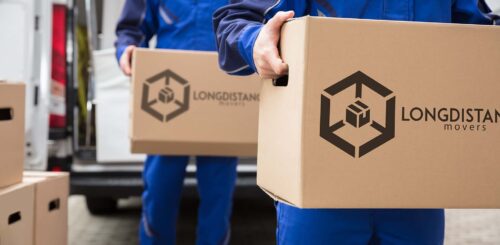Cross-country moving can be both exciting and stressful. However, one of the most important questions you’ll face is how to pack for a move. With a little organization and planning, boxing up your belongings can be a smooth and easy process. In this blog post, we will provide you with strategies for success on how to pack when moving.
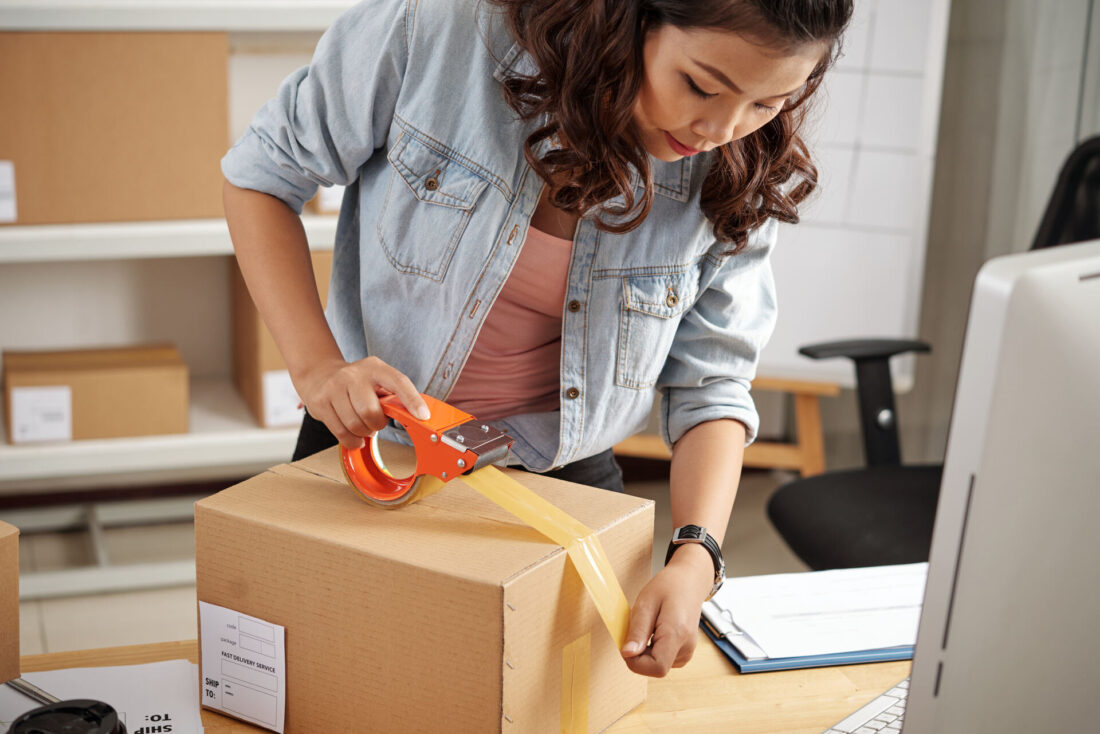
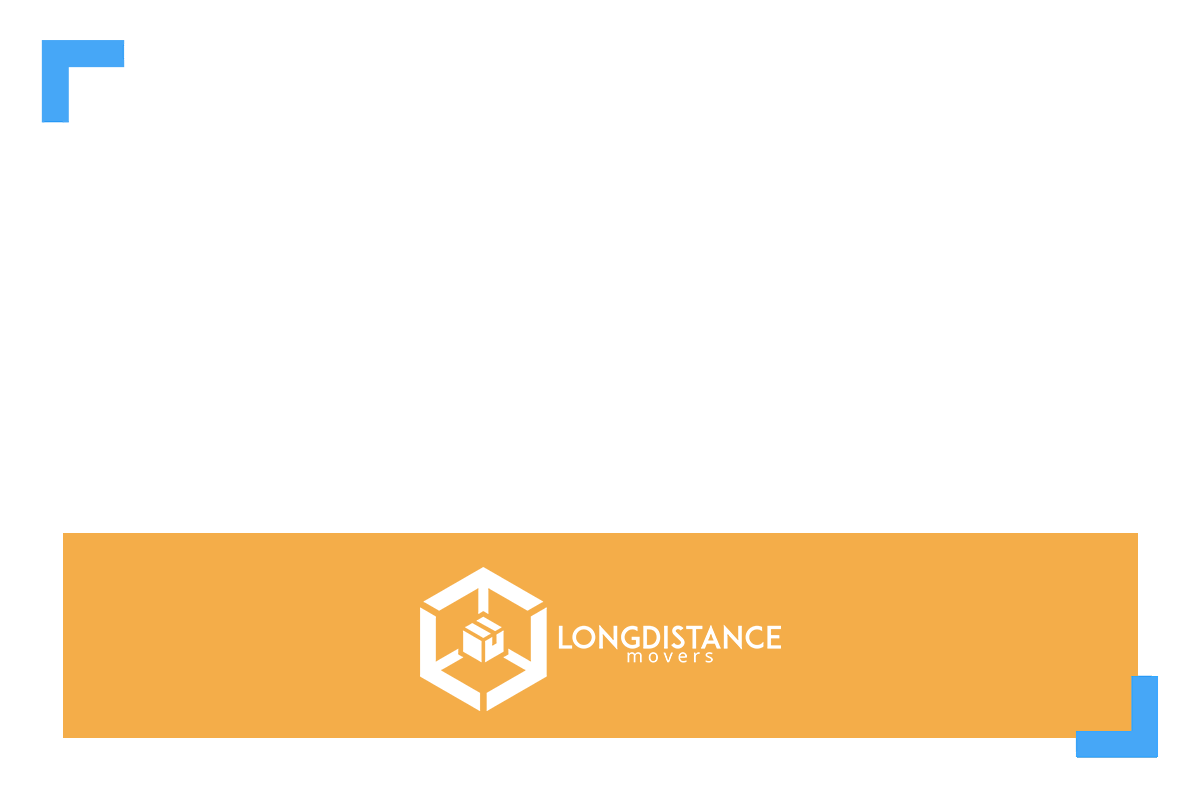
How to Pack for a Move – Start by Decluttering
Decluttering before packing is a crucial step in preparing for a move. Not only does it help to reduce the overall volume of items you will need to pack, but it can also save you time and money in the long run. Additionally, decluttering can help you to feel more organized and in control during the packing process.
It can be overwhelming to pack everything you own, but by decluttering first, you can focus on packing the items that you truly want to keep and use in your new home. So, take the time to declutter before you start packing, and you’ll be setting yourself up for a smoother and more stress-free move.
Tips for Decluttering Your Belongings
If you’re planning a move, decluttering your belongings before you start packing is a crucial step to ensure a successful and stress-free relocation. Here are some tips for decluttering your belongings:
- Start early – Give yourself plenty of time to declutter your belongings. The more time you have, the less stressful the process will be.
- Break it down – Don’t try to declutter everything all at once. Break it down into manageable chunks, such as one room or area at a time.
- Ask yourself questions – As you go through your belongings, ask yourself questions like, “Do I use this?” or “Do I need this?” If the answer is no, consider donating or selling the item.
- Create piles – Create piles for items you want to keep, donate, sell, or throw away. This will help you stay organized and focused.
- Be ruthless – It can be difficult to let go of items but be ruthless in your decluttering. If you haven’t used an item in a year or more, it’s likely time to let it go.
- Consider sentimental items – It’s okay to keep sentimental items, but consider if you truly need to keep everything. Take photos of items you don’t want to keep but want to remember.
Decluttering before a move can be overwhelming, but by following these tips, you can simplify the process and make your move more efficient and organized. Check out the video below if you want to learn more about decluttering.
Utilize Different Available Packing Materials
When you’re relocating, choosing the right packing materials can help ensure your belongings are protected during the move. Here are some different packing materials available for people that are relocating:
- Boxes – Cardboard boxes are the most commonly used material for relocation. They come in a variety of sizes and are ideal for packing items of different shapes and sizes.
- Packing paper – Packing paper is used to wrap fragile items, such as dishes and glassware, to prevent them from breaking during the move.
- Bubble wrap – Bubble wrap is another popular material used to protect fragile items. It’s made up of small air-filled bubbles that provide cushioning for delicate items.
- Packing peanuts – Packing peanuts are small, lightweight foam pieces that can be used to fill empty spaces in boxes and provide extra cushioning for fragile items.
- Furniture pads – Furniture pads are thick, cushioned blankets that are used to protect furniture during the move. They can be used to cover items like tables, chairs, and sofas.
- Plastic wrap – Plastic wrap can be used to protect furniture and other large items during the move. It’s particularly useful for protecting items that may be scratched or damaged during transport.
- Mattress bags – Mattress bags are designed to protect your mattress from dirt, dust, and damage during the move. They come in a variety of sizes to fit different mattress types.
By choosing the right packing materials, you can help ensure that your belongings arrive at your new home safely and in good condition. However, all of these can get really overwhelming. If you don’t want to think about properly protecting your valuable belongings hire cross-country movers that offer a wide range of long-distance moving services.
For example, if you are to hire a trustworthy and reliable company such as Long Distance USA Movers you’ll get not only excellent cross-country moving services but also packing, car shipping, and storage assistance.
Auto Transport
Move your car across the country in an open or enclosed trailer – for an affordable fee. We offer car transport as a standalone service, but you can bundle it with your household move and get a hefty discount.
Learn moreStorage Services
Our spacious climate-controlled units will protect your things until the drop-off. No need to worry about them because all items are labeled and secure, and each customer gets a dedicated unit mixup isn’t possible.
Learn morePacking Service
Sit back and relax, we’ve got packing services covered. We use moving blankets, shrink wrap, bubble wrap and even custom wooden crating. Your stuff will be protected and carefully handled during the move.
Learn moreEmbrace Different Packing Techniques
There are specific packing techniques that people can use to ensure their items are packed efficiently and safely when they are relocating across the country. Here are some packing techniques that you can use to make your move easier and less stressful.
Combine Different Packing Approaches
Using the right-sized boxes is essential. Large boxes should be used for lightweight items such as linens and various types of clothing. Medium-sized boxes should be used for heavier items such as books, and small boxes should be used for fragile items such as glassware and sensitive electronics.
Wrap Fragile Items in Bubble Wrap
Fragile items such as glassware and electronics should be wrapped in bubble wrap before being placed in boxes. Bubble wrap provides extra protection and helps prevent damage during transit.
Use Packing Peanuts to Fill In Empty Spaces
Packing peanuts should be used to fill in any empty spaces in the boxes. This will help prevent items from shifting during transit and help protect fragile items from damage.
Use Wardrobe Boxes
Wardrobe boxes are ideal for hanging clothes during the move. They are designed to keep clothes clean and wrinkle-free. Wardrobe boxes are a great investment for those who have a lot of clothing to move.
Pack Electronics in Their Original Boxes
Electronics should be packed in their original boxes if possible. If the original box is not available, use bubble wrap and packing peanuts to protect the item. Label the box with the contents and room location.
Use Dish Packs for Fragile Dishes
Dish packs are designed to protect fragile dishes during the move. They have extra padding to prevent damage during transit. Make sure to wrap each dish individually in packing paper before placing them in the box.
Pack Books in Small Boxes
Books should be packed in small boxes. This makes them easier to lift and move. Make sure to pack books tightly in the box to prevent them from shifting during transit.
Use Mattress Bags
Mattress bags are designed to keep mattresses clean during the move. They are available in different sizes to fit various mattress types.
Consider Using a Professional Packing Service
If you don’t have the time or energy to pack your items, consider using a professional packing service. They can efficiently and safely pack your items and save you time and stress during the move.
When all is said and done, we can all agree that packing can be a long and tedious task. So why not let professional long-distance movers handle it? If you hire a long-distance moving company to assist you, you won’t have to worry about techniques, supplies, or wrapping and labeling items. You’ll have a team of professionals doing it instead of you.
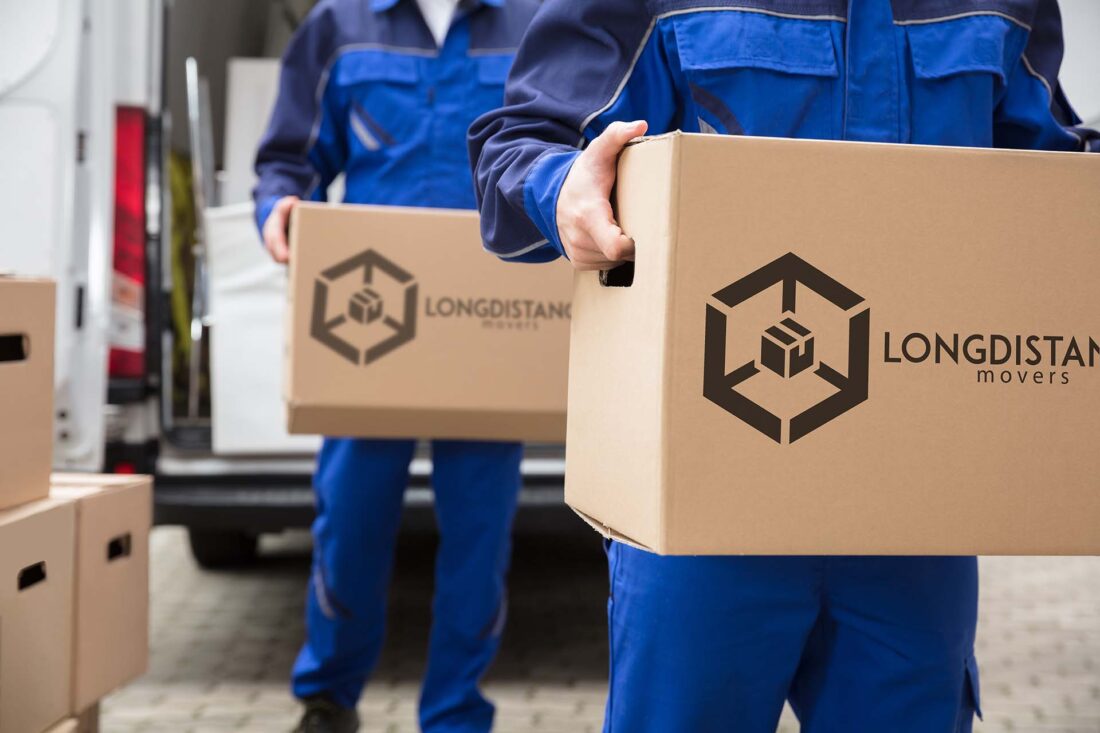

Labeling Will Help You Find Everything Faster in a New Home
Labeling your boxes is an essential part of the boxing-up process when it comes to relocation. It may seem like a small task, but it has significant benefits that can make the entire process more manageable. Here are some reasons why labeling your boxes is important. For starters, it helps you stay organized because you’ll be able to keep track of what items are in each box. This way, you can quickly find the items you need when you arrive at your new home.
The next thing to consider is – labeling your boxes with “fragile” or “handle with care” helps ensure that movers are aware of the fragile items inside the box. This way, they can take extra care when handling the box, preventing damage to fragile items like glassware or electronics.
Also, labeling boxes makes unpacking much easier since you can quickly identify which box contains specific items. This way, you can prioritize which boxes to unpack first, making the unpacking process more efficient.
Create Your Own Moving Labels
Creating labels for moving boxes is a simple yet effective way to keep your items organized during a move. Here are some steps you can follow to create labels for your boxes.
Start by gathering supplies. To create labels for your moving boxes, you’ll need the following supplies:
- A marker or labels
- Packing tape
- Sticky notes (optional)
Decide on the information to include on the label. For example, the label should include the following information:
- The contents of the box
- The room where the box should go
- A note if the contents are fragile or require special handling
- It’s also helpful to number your boxes and create an inventory list.
If you prefer not to write directly on the box, you can use sticky notes instead. Stick a note on the box with the contents, room location, and any other necessary information. By following these steps, you can ensure that your items are properly labeled and organized during the move.
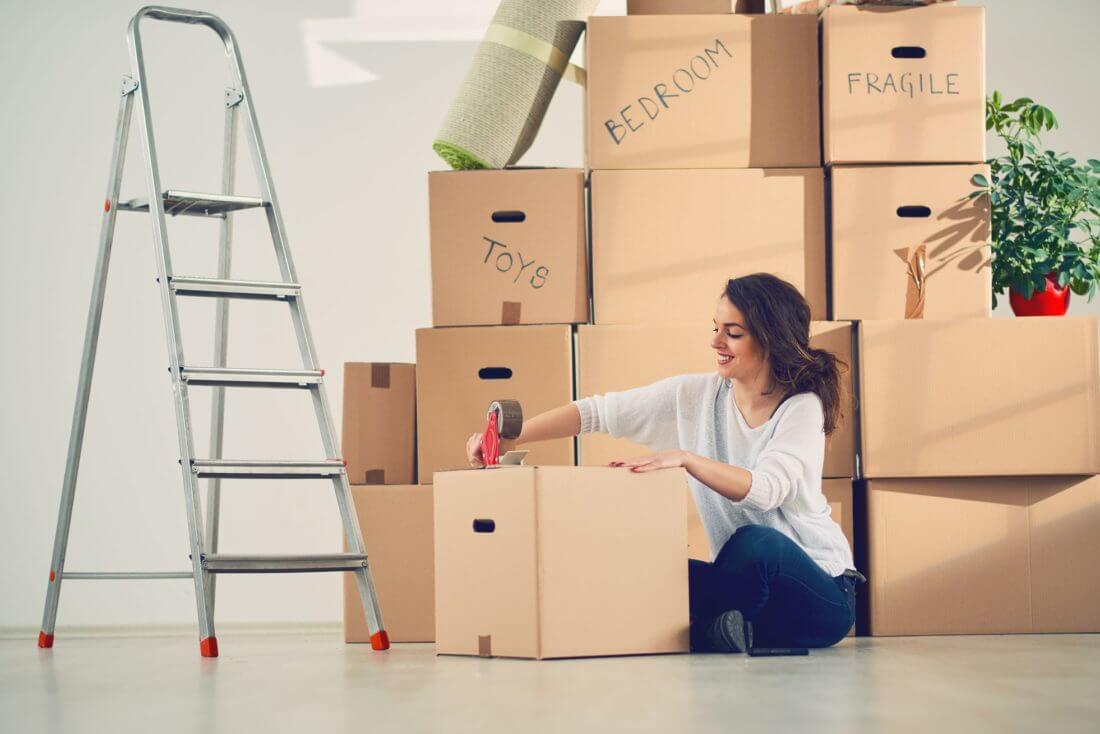

Create a Packing Timeline
Creating a timeline can be a valuable tool when it comes to relocation. It allows you to break down the process into smaller, more manageable tasks and helps ensure that you don’t forget anything important. Creating a packing timeline helps you prioritize tasks based on their importance and the time required to complete them. You can start with tasks that require more time and effort, such as packing fragile items or decluttering, and then move on to smaller tasks like packing clothes or books.
We already established that relocation can be stressful and overwhelming, but a packing timeline can help reduce stress and anxiety. Breaking down the tasks into smaller, more manageable tasks and having a clear plan can help you stay organized and on track. Also, a timeline ensures that you don’t forget anything important.
With a timeline, you’ll stay on schedule, and ensures that you’re not rushing to pack everything at the last minute. You can set deadlines for completing specific tasks, and this can help you stay focused and motivated to get things done. In conclusion, creating a packing timeline helps you prioritize tasks, reduces anxiety, helps you stay on schedule, and helps you avoid overpacking or underpacking. It’s a simple yet effective way to make the moving process less daunting and more manageable.


Embraces Different Strategies and Your Relocation Will Be a Success
In conclusion, relocation can be a challenging experience, but by embracing different strategies, you can make it a success. Creating a packing timeline, decluttering before you pack, using high-quality packing materials, packing room by room, labeling your boxes, taking extra care with fragile items, and considering hiring professional packers are just some of the strategies that can make your move a smooth and stress-free experience.
By using these strategies and staying organized throughout the process, you can ensure that your items are packed and moved safely, and you can focus on settling into your new home. However, if you don’t want to do all the heavy lifting, hiring professional long-distance movers is the way to go.
Luckily, Long Distance USA Movers are a one-stop shop for all of your relocation needs. All you should do is give us a call, book your move and we will handle the rest.
Frequently Asked Questions About Packing for a Move
How Do I Start Packing for Moving?
To start packing for relocation, make a plan of action, gather all necessary packing supplies such as boxes, packing paper, bubble wrap, and tape, and declutter your belongings before you start packing. Begin packing non-essential items and items you won’t need before the move, and label each box with its contents and the room it belongs to. Focus on one room at a time, and pack fragile items with extra care. Consider hiring professional packers if you’re short on time or need help with packing delicate or bulky items.
How Long Should You Pack Before Moving?
The amount of time you should spend packing before moving depends on several factors such as the size of your home, the number of belongings you have, and how much time you can dedicate to packing each day. As a general rule, it’s best to start packing at least 4-6 weeks before your moving day to give yourself enough time to pack everything carefully and without rushing.
If you have a smaller home or apartment and fewer belongings, you may be able to pack in less time. However, if you have a larger home or a lot of belongings, it may take longer to pack everything properly. It’s always better to start early and work consistently towards your goal of packing, so you don’t feel overwhelmed or rushed at the last minute.
What Should I Pack First When Moving House?
It’s best to start packing non-essential items first, such as items you won’t need before your moving day. This includes out-of-season clothes, books, decorations, and other items that you don’t use regularly. You can also start by packing items from rooms that you use the least, such as a spare bedroom or the garage. It’s also a good idea to pack fragile items with extra care, so you may want to prioritize those items. Label each box with its contents and the room it belongs to, making it easier to unpack and organize when you arrive at your new home.
Should I Hire Professional Packers to Pack My Belongings, or Is It Something I Can Do on My Own?
The decision to hire professional packers or pack your belongings on your own will depend on several factors, including your budget, time constraints, and personal preference. Hiring professional packers can save you time and reduce stress, especially if you have a large home or many fragile items that require extra care.
Professional packers have the experience and expertise to pack your belongings safely and efficiently, using high-quality packing materials. So, if you are relocating across the country, using their services is always beneficiary in the grand scheme of things.
Should I Pack My Items by Room or by Category, Such as Clothes or Books?
It’s generally more efficient to pack your items by room. This way, you can keep all the items from a specific room together, making it easier to unpack and organize them in your new home. Additionally, packing by room makes it easier for movers to transport your belongings, as they can move boxes from the same room together.
How Can I Make Sure That I Don’t Forget Anything Important When I Pack for My Move?
To ensure that you don’t forget anything important, it’s crucial to create a packing checklist. Start by making a list of all the items you need to pack and the rooms they belong to. As you pack each item, cross it off the list. Additionally, label each box with its contents and the room it belongs to, making it easier to unpack and organize when you arrive at your new home. You can also create a separate “essentials” box for items you’ll need immediately upon arrival, such as toiletries, a change of clothes, and important documents.
